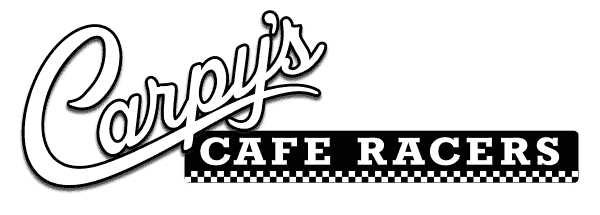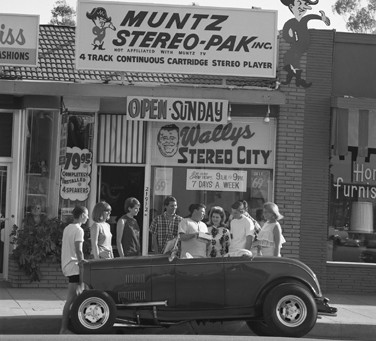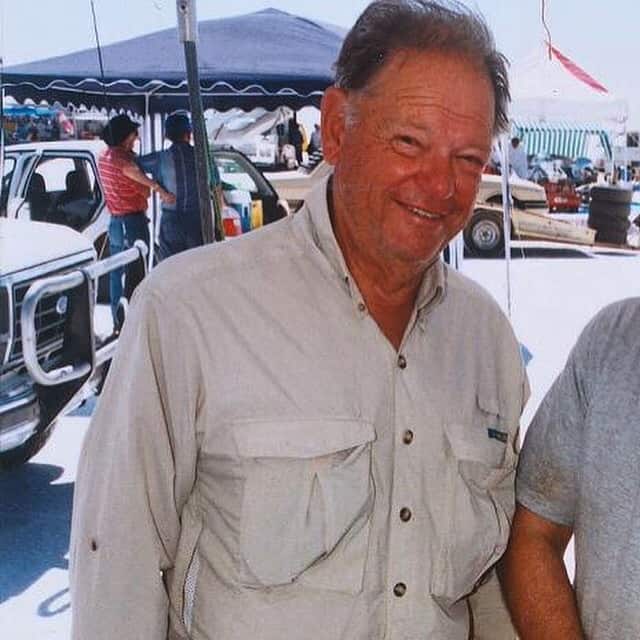There is so many Iconic Builders, designers and owners or creators of Vintage Hot Rodding, it would take so many volumes to fill, but I am going to do a few of my own personal favourites of Hot Rod Royalty that inspired me when I was a kid and, 9000 miles away on a little […]
Tag Archives: hot rod magazine
By John Gunnell Former Associate HOT ROD magazine editor and publisher Charley Roy Ugama Waya Golaneeda, known around the automotive hobby as LeRoi “Tex” Smith, passed away on June 11 in Australia, where he had lived during the last years of his life. Smith was an icon of the hot rodding sport, but was always involved with […]


